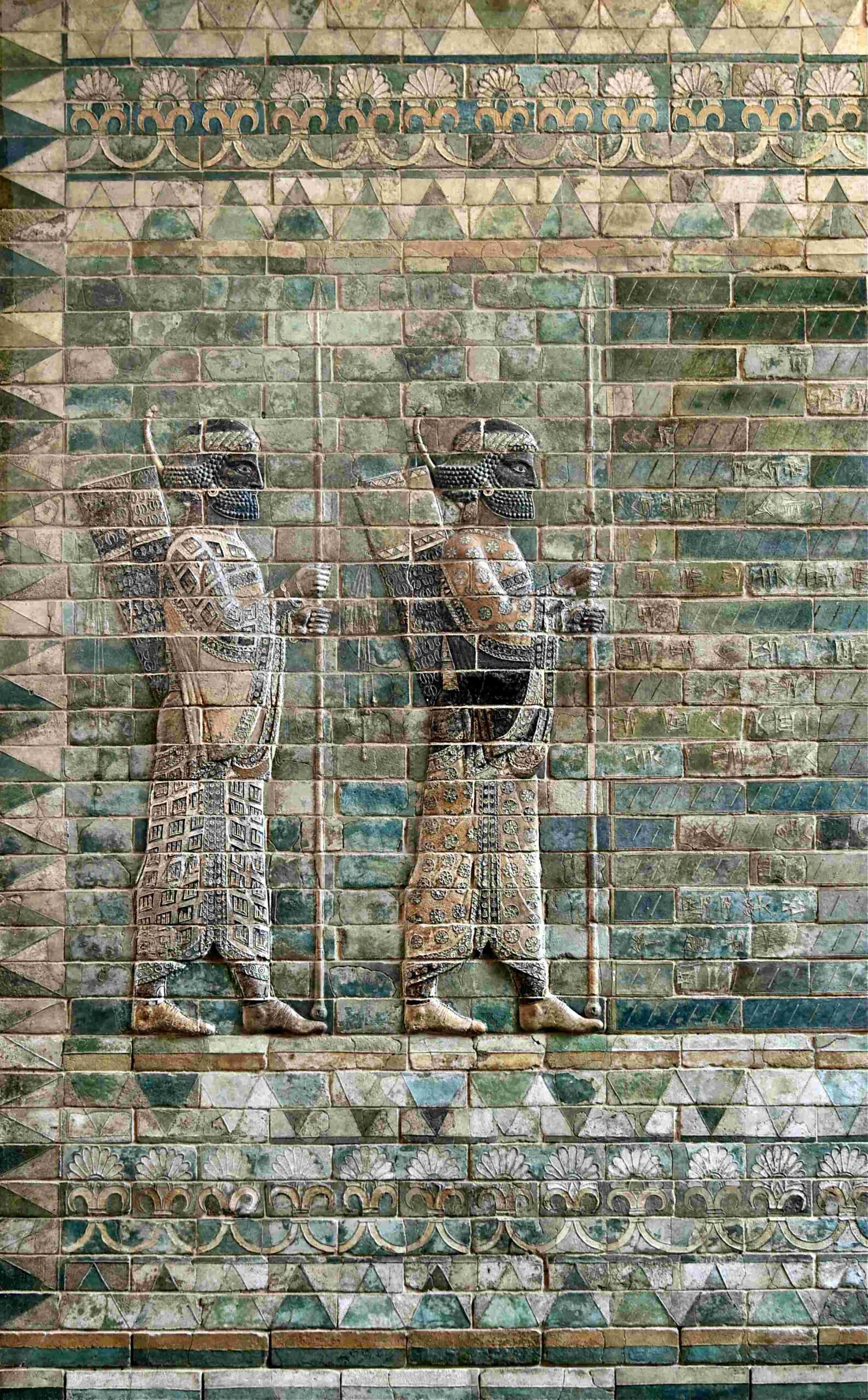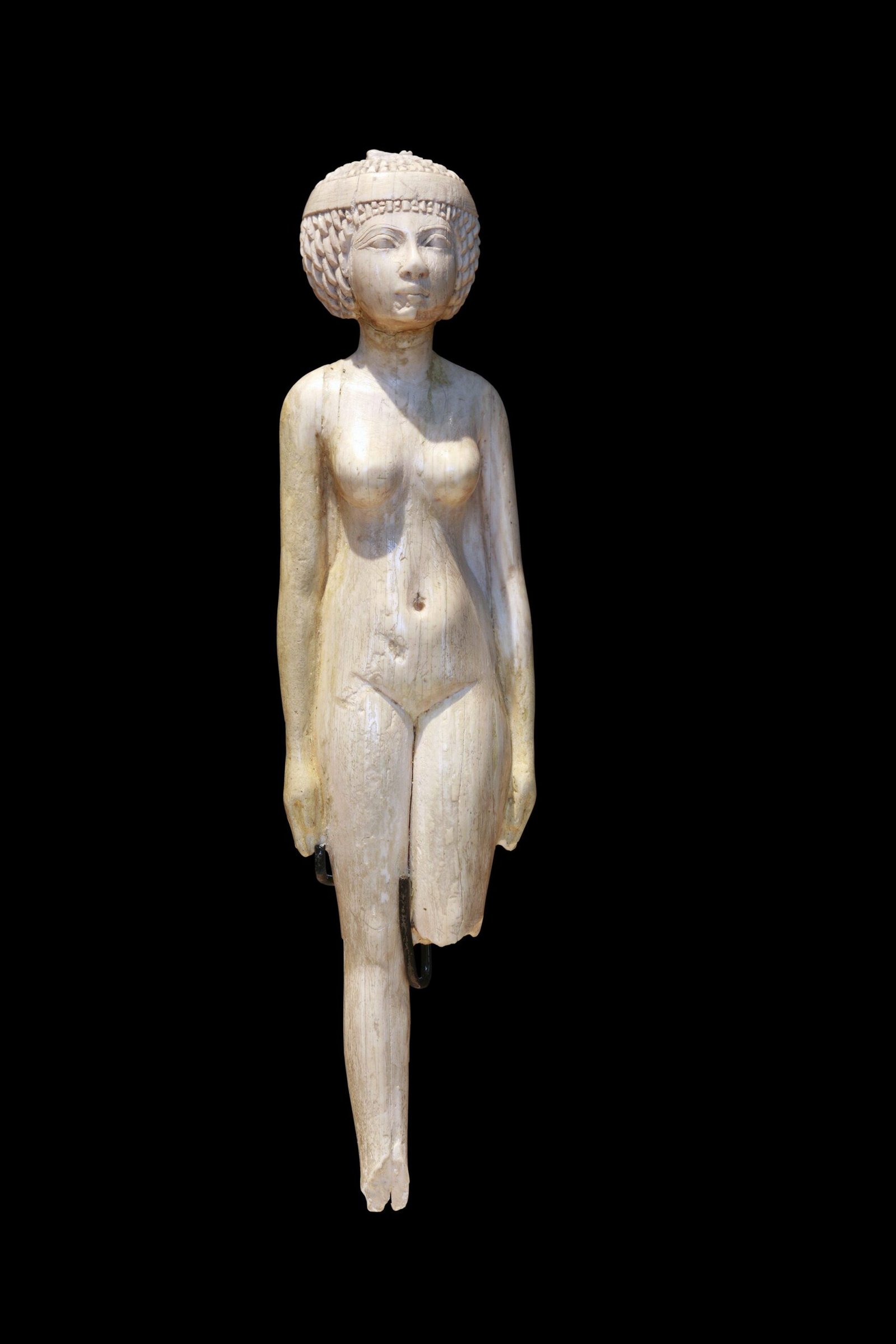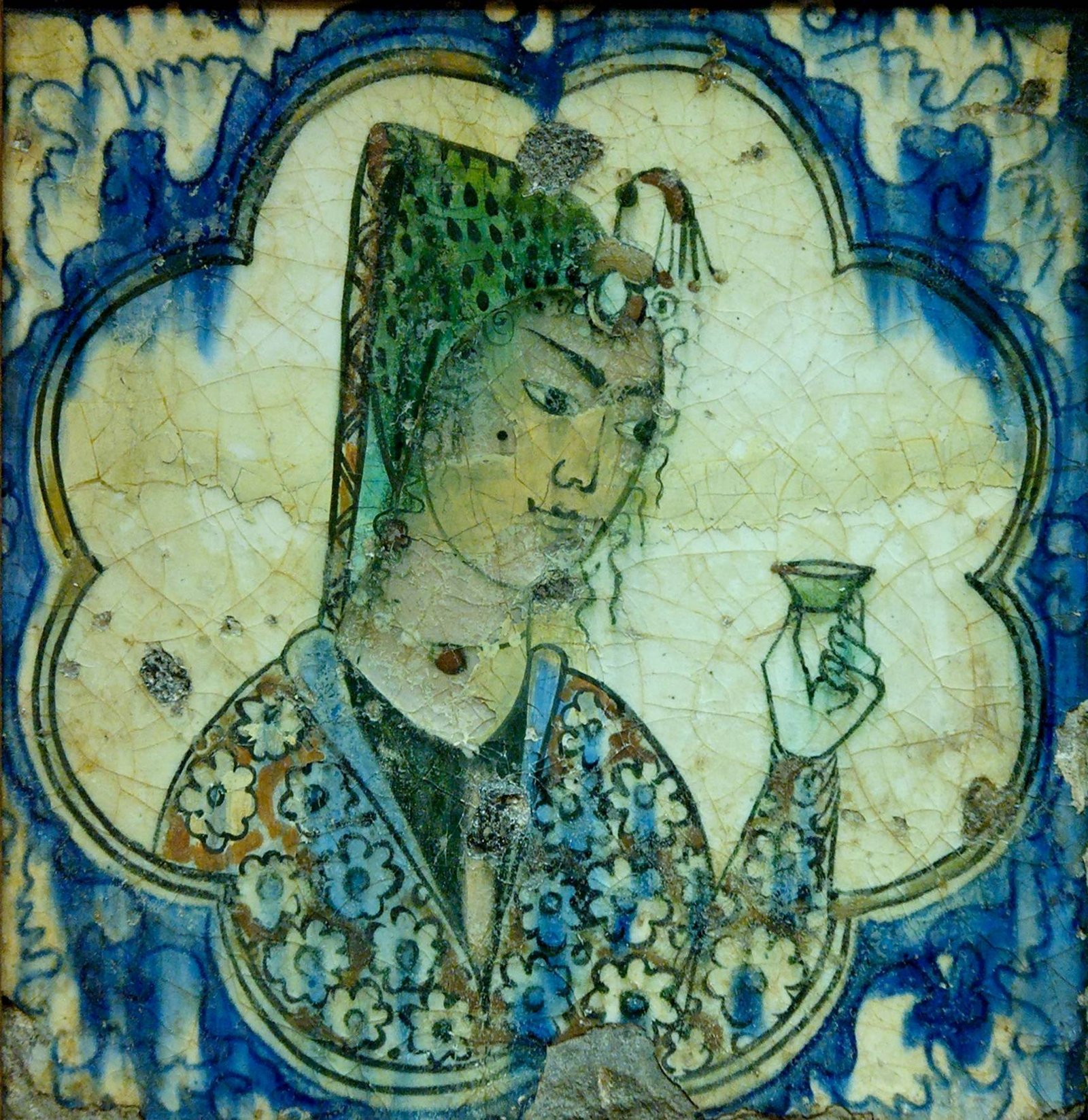The Napoleon Coronation painting at the Louvre Museum is a monumental work of art that captures a pivotal moment in French history. Created by Jacques-Louis David between 1805 and 1807, this massive oil on canvas depicts the coronation of Napoleon Bonaparte as Emperor of France in 1804. The painting, measuring 621 cm in height and 979 cm in width, is renowned for its intricate details, historical significance, and artistic mastery. Located in the Denon Wing of the Louvre, it continues to captivate visitors with its grand scale and meticulous representation of one of the most important events in European history.
What Are the Key Features of the Napoleon Coronation Painting?

The Napoleon Coronation painting at the Louvre Museum is a masterpiece of Neoclassical art, brimming with symbolism and historical detail. Here are its key features:
- Monumental Size: At 621 cm x 979 cm, it dominates the room it occupies.
- Central Focus: Napoleon crowning his wife Joséphine as Empress.
- Historical Accuracy: Depicts over 140 identifiable figures present at the actual coronation.
- Symbolic Elements: Includes representations of power, legitimacy, and imperial grandeur.
- Artistic Technique: Showcases David’s mastery of composition, color, and detail.
How Did Jacques-Louis David Create This Masterpiece?

Jacques-Louis David, the official painter of Napoleon, approached the creation of the Napoleon Coronation painting with meticulous attention to detail and historical accuracy. The process involved:
- Attending the actual coronation ceremony to make sketches.
- Creating numerous preparatory drawings of individual figures.
- Consulting with Napoleon on specific details and making changes as requested.
- Working on the massive canvas for over two years (1805-1807).
- Incorporating both realistic portraiture and idealized elements to create a powerful propaganda piece.
What Historical Moment Does the Painting Capture?
The Napoleon Coronation painting at the Louvre Museum immortalizes a crucial moment in French and European history:
- Date: December 2, 1804
- Location: Notre-Dame Cathedral, Paris
- Event: Coronation of Napoleon Bonaparte as Emperor of France
- Significance: Marked the end of the French Republic and the beginning of the French Empire
The painting depicts Napoleon crowning his wife Joséphine, a departure from the actual events where Napoleon crowned himself and then Joséphine. This artistic liberty emphasizes Napoleon’s power and control over the ceremony.
Who Are the Key Figures in the Painting?
The Napoleon Coronation painting features a cast of historical figures, each meticulously portrayed. Here’s a table of some key individuals:
| Figure | Role | Position in Painting |
|---|---|---|
| Napoleon Bonaparte | Emperor | Center, crowning Joséphine |
| Joséphine de Beauharnais | Empress | Center, kneeling before Napoleon |
| Pope Pius VII | Officiant | Seated behind Napoleon |
| Charles-François Lebrun | Arch-Treasurer | Left side |
| Jean-Jacques-Régis de Cambacérès | Arch-Chancellor | Left side |
| Louis-Alexandre Berthier | Minister of War | Right side |
| Jacques-Louis David | Artist | In the tribune, sketching |
What Makes the Napoleon Coronation Painting Unique?
Several factors contribute to the uniqueness of the Napoleon Coronation painting at the Louvre Museum:
- Historical Significance: It captures a pivotal moment in European history.
- Artistic Innovation: David blends Neoclassical style with contemporary subject matter.
- Propaganda Tool: The painting was commissioned to legitimize Napoleon’s rule.
- Detail and Scale: The sheer size and intricacy of the work are breathtaking.
- Artistic License: David’s alterations to historical fact serve political purposes.
How Can Visitors Experience the Painting at the Louvre?
Visitors to the Louvre can experience the Napoleon Coronation painting in several ways:
- Self-Guided Tour: Use the museum map to locate Room 75 in the Denon Wing.
- Guided Tour: Join a professional guide for insights into the painting’s history and significance.
- Audio Guide: Listen to detailed commentary about the work and its context.
- Virtual Tour: Explore high-resolution images online through the Louvre’s digital platform.
- Special Events: Attend lectures or workshops focused on the painting or its era.
What Are the Visiting Hours and Ticket Prices for the Louvre?
To view the Napoleon Coronation painting at the Louvre Museum, visitors should be aware of the following information:
- Regular Hours: 9:00 AM to 6:00 PM (closed on Tuesdays)
- Extended Hours: Wednesdays and Fridays until 9:45 PM
- Ticket Prices:
- Standard: €18
- EU residents (under 26): Free
- Children under 18: Free
- Best Times to Visit: Early morning or weekday evenings to avoid crowds
How Does the Painting Reflect Napoleon’s Political Ambitions?
The Napoleon Coronation painting at the Louvre Museum is a masterful piece of political propaganda, reflecting Napoleon’s ambitions in several ways:
- Imperial Imagery: The use of Roman imperial symbols legitimizes Napoleon’s rule.
- Religious Endorsement: The presence of the Pope suggests divine approval.
- Family Dynasty: Including family members hints at a new royal lineage.
- Military Might: The presence of military figures emphasizes Napoleon’s martial power.
- Cultural Authority: The grand setting and costumes showcase France’s cultural supremacy.
By commissioning this work, Napoleon sought to cement his place in history and justify his ascension from general to emperor.
What Conservation Efforts Protect This Masterpiece?
The Louvre Museum takes extensive measures to preserve the Napoleon Coronation painting:
- Climate Control: Maintaining stable temperature and humidity levels.
- Light Management: Using low-UV lighting to prevent fading.
- Regular Inspections: Conducting routine checks for any signs of deterioration.
- Restoration Work: Performing careful cleaning and touch-ups as needed.
- Security Measures: Implementing state-of-the-art surveillance and protection systems.
These efforts ensure that this monumental work of art will continue to inspire and educate visitors for generations to come.
The Napoleon Coronation painting at the Louvre Museum stands as a testament to both artistic brilliance and historical significance. Its grand scale, intricate details, and political symbolism continue to captivate audiences, offering a window into a pivotal moment in European history. Whether viewed as a masterpiece of Neoclassical art or a powerful piece of imperial propaganda, this painting remains an essential part of the Louvre’s collection and a must-see for any visitor to the museum.
References:
1. The Coronation of Napoleon – Jacques-Louis David – Britannica
2. File:Jacques-Louis David – The Coronation of Napoleon (1805-1807)
3. The Louvre Museum – Official Website

